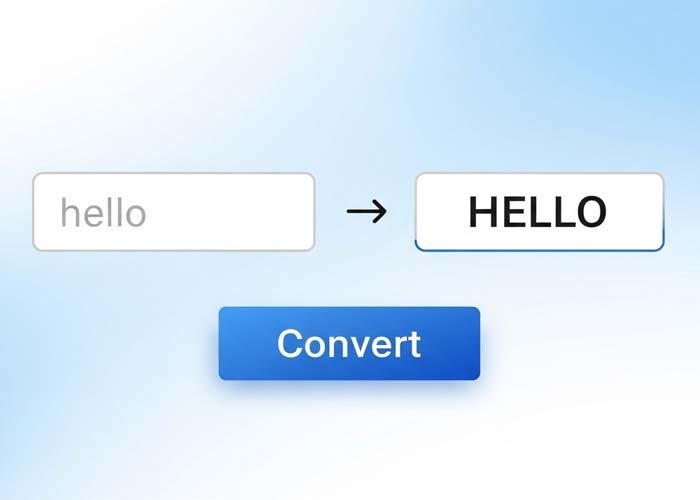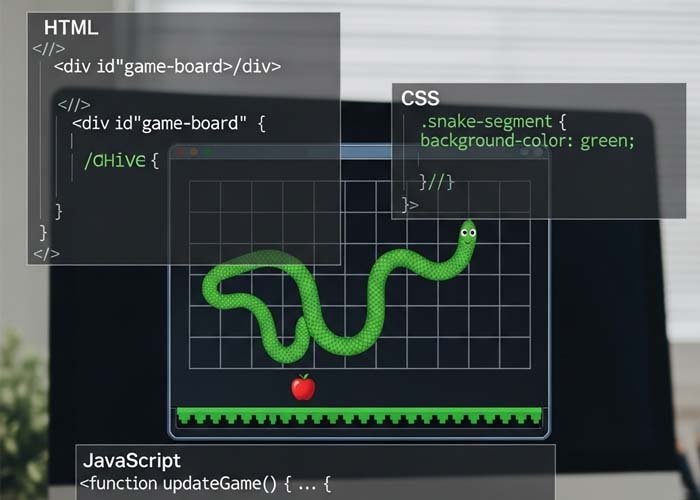Animated Hamster in a Wheel Using Pure HTML and CSS
This animation features a charming little hamster running inside a spinning wheel, entirely built using HTML and CSS. The design is creative, lightweight, and surprisingly detailed, making it a fun way to add movement and personality to a website.
Overview of the Structure
The layout begins with a wrapper that represents the entire scene. Inside it, there are three major parts:
The wheel – A large circular shape with gradients and animation to simulate spinning.
The hamster – A full animated character with moving limbs, a rotating head, blinking eye, twitching ear, and wagging tail.
The spoke – A radial pattern rotating over the wheel to emphasize the sense of motion.
All of these elements are absolutely positioned within the main container, which allows the parts to layer correctly and move independently as needed.
Detailed Hamster Animation
The hamster consists of multiple divs nested together to form its body parts — including body, head, limbs, ear, eye, nose, and tail. Each body part is styled with specific shapes and color gradients, giving the character its soft, rounded appearance.
The head rotates slightly as the hamster runs.
The ear twitches, adding a realistic touch.
The eye blinks at regular intervals.
The limbs move alternately to simulate running — both front and back legs have different movement cycles.
The tail wags subtly as the body bounces.
The hamster itself moves in a rocking motion as if it’s trying to keep pace with the wheel, creating the illusion of continuous running.
Spinning Wheel Animation
The wheel is a perfectly circular shape with a gradient pattern that gives it a realistic metallic appearance. Over this, the spoke layer spins continuously, reinforcing the illusion of the wheel turning while the hamster runs inside it.
The speed and direction of the wheel rotation are controlled by a simple animation loop. The effect is smooth and steady, matching the motion of the hamster.
Visual Style and Details
The entire animation is styled using modern CSS features:
Custom properties (CSS variables) are used to control the duration of all animations from one place.
Clip paths and box shadows shape and shade different body parts.
Transform-origin settings ensure limbs and head rotate around the right pivot points.
Inset shadows and gradients help give dimension and depth to the character’s appearance.
The result is a dynamic and engaging animation that feels handcrafted, yet it runs smoothly across modern browsers with minimal performance impact.
Final Thoughts
This animated hamster in a spinning wheel is a perfect example of how creative visuals can be achieved with nothing more than HTML and CSS. The coordinated movement of each body part, combined with the rotating wheel and spinning spokes, creates a surprisingly lifelike scene. It’s not only fun to watch but also a showcase of how far CSS animations have come in creating complex, expressive interactions on the web.
This code uses HTML and CSS only — no JavaScript included.
Copyright – 2025 Nawsome
Permission is freely granted to anyone who obtains a copy of this software and its accompanying documentation files (referred to as “the Software”), allowing them to use, copy, modify, merge, publish, distribute, sublicense, and even sell copies of the Software. Additionally, users are allowed to permit others to use the Software under these same terms.
It is required that the above copyright notices and this permission notice be included in all versions or significant portions of the Software.
Please note, the Software is provided “as is”, without any form of warranty—express or implied. This includes, but is not limited to, warranties of merchantability, fitness for a specific purpose, or non-infringement. Under no circumstances shall the original authors or rights holders be held responsible for any claims, damages, or other liabilities that may arise from the use of the Software, whether through legal action, negligence, or otherwise.
All code on Freeofcosts.com is reviewed before publishing. Each post includes a live code editor with real-time preview, so you can experiment and learn by doing. Most code is open-source and free to use or modify under respective licenses.



